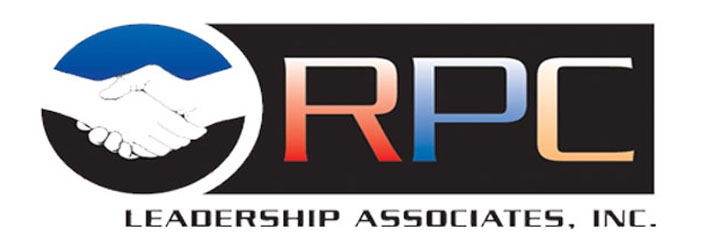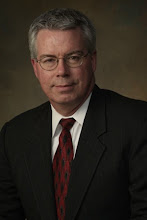…so it is leadership’s responsibility to help people work smarter, not harder.
These words by W. Edwards Deming are a call to action for today’s leaders to help them focus on the right business goals to execute their business strategies. You may recall Deming as the statistician who made popular the Plan-Do-Check-Act Cycle and considered the father of modern quality control. It is also relevant we consider his thoughts as today’s leaders address the challenges of achieving their business strategies in an unstable economy, an uncertain regulatory environment and untapped globalization.
Against this backdrop are elements of the alignment process that fall between Strategy and Goals in the Business Alignment Model previously mentioned including last month’s issue. These layers often go unnoticed and unattended by leaders until it is far too late. The focus for this month is the Structure layer of the Business Alignment Model. The Structure layer prompts leaders to look at their People, Processes and Organizational Structure to ensure these elements directly support the prevailing business strategy. This is universally true whether applied to large corporate business models or small or mid-sized entrepreneurial ventures.
Having the right people on your team applies to any employees your business may have, and to the vendors, contractors and suppliers your business uses to execute its strategy. People are viewed on 2 planes – capability and compatibility. Capability addresses their skills and knowledge people bring to your business. Compatibility addresses people’s attitude and their ‘fit’ to your vision and culture and, in many cases, more difficult to assess and measure. As Jim Collins, in his book Good to Great states “…if you begin with the ‘who’, rather than the ‘what’, you can more easily adapt to a changing world”. And we are definitely in a changing world!
Addressing the business processes as part of the structure alignment takes us back to the opening quote. If processes do not align to the core strategy then achieving desired results is next to impossible. And it is up to business leadership to make it happen. As Dr. H. James Harrington stated in his book Business Process Improvement in the section devoted specifically to CEOs “The biggest opportunity you have to improve the bottom line comes from improving your business processes” Again, this may seem as though it is geared towards larger organizations. However, it is just as applicable to medium and small businesses managing their employees, vendors and suppliers as well as non-profit organizations managing their organizations of volunteers and staff. Regardless of venue, leadership can cure 94% of the issues!
Lastly, the organizational infrastructure helps leaders view their current organizational structure to ensure it enables fully capable and compatible people to leverage their core processes to successfully execute the overall business strategy. When the organization is too structured or too loose for the business to run effectively, success gets undermined from within and the business will not meet its goals.
In today’s business environment, regardless of whether you are an entrepreneur or a corporate president/CEO – People, Process and Organizational Structure dictate your business success. Leadership is what ties them to the Strategy and Goals.
Lead Well
Rick Lochner
Thursday, July 2, 2009
Subscribe to:
Posts (Atom)

